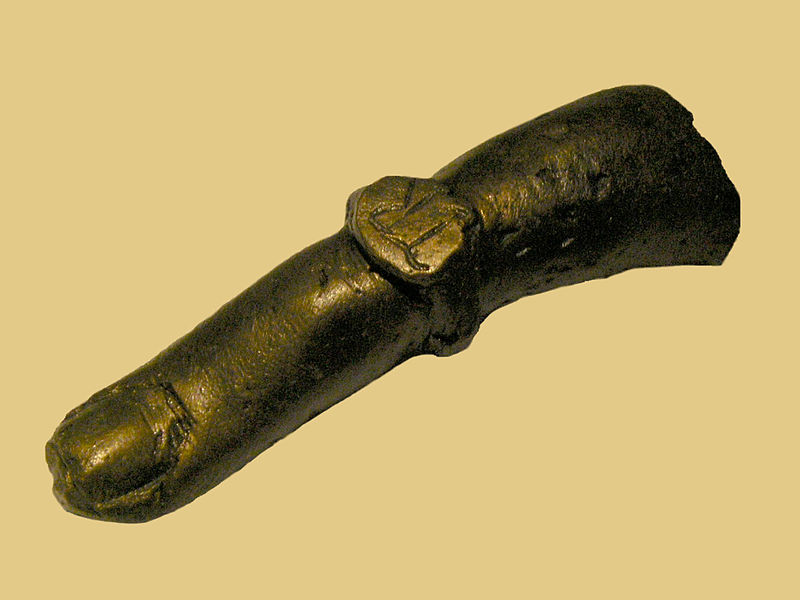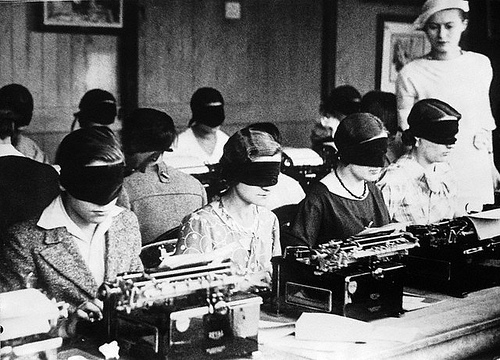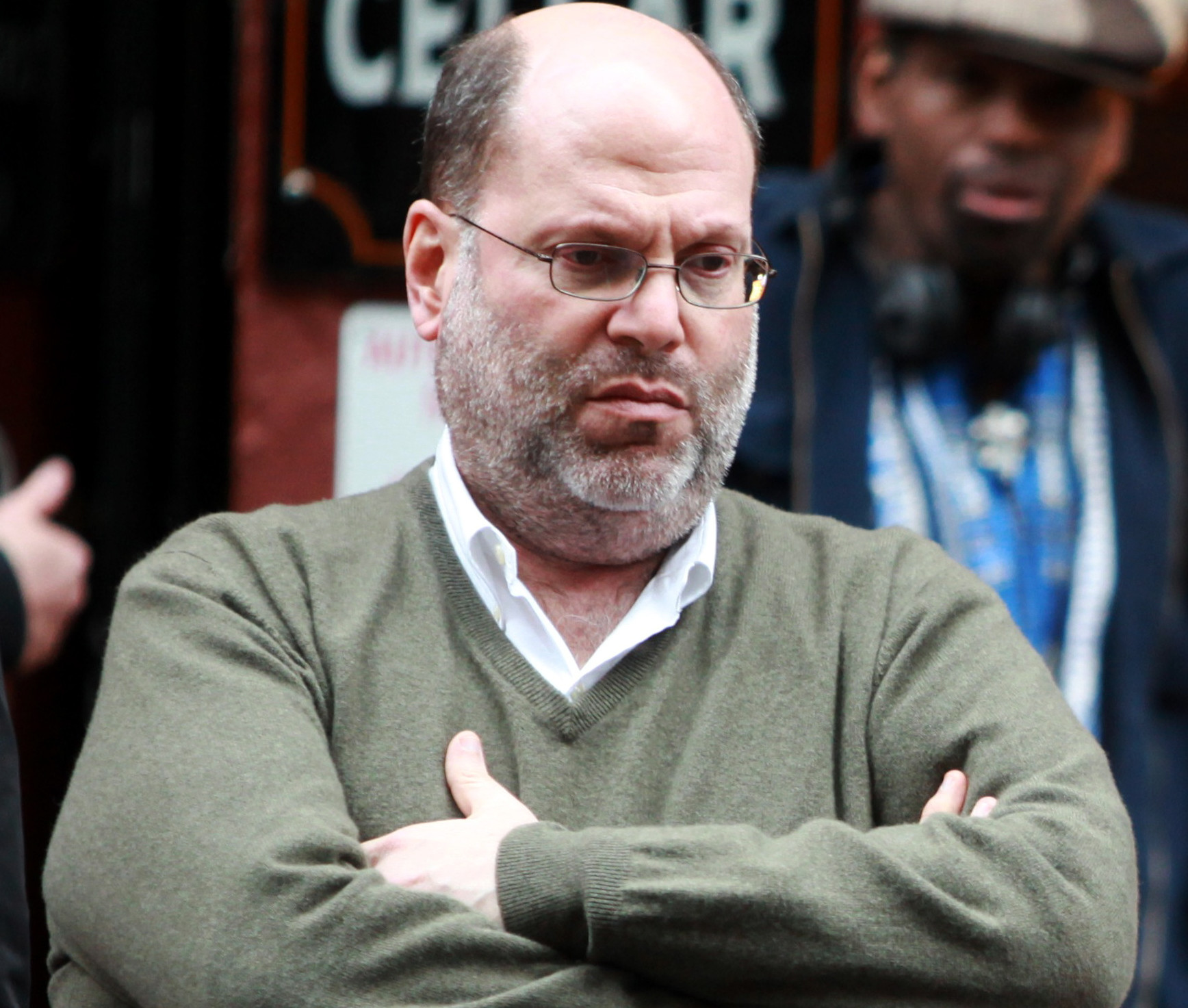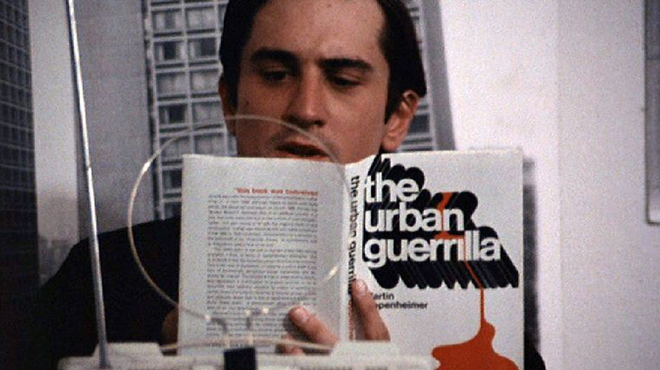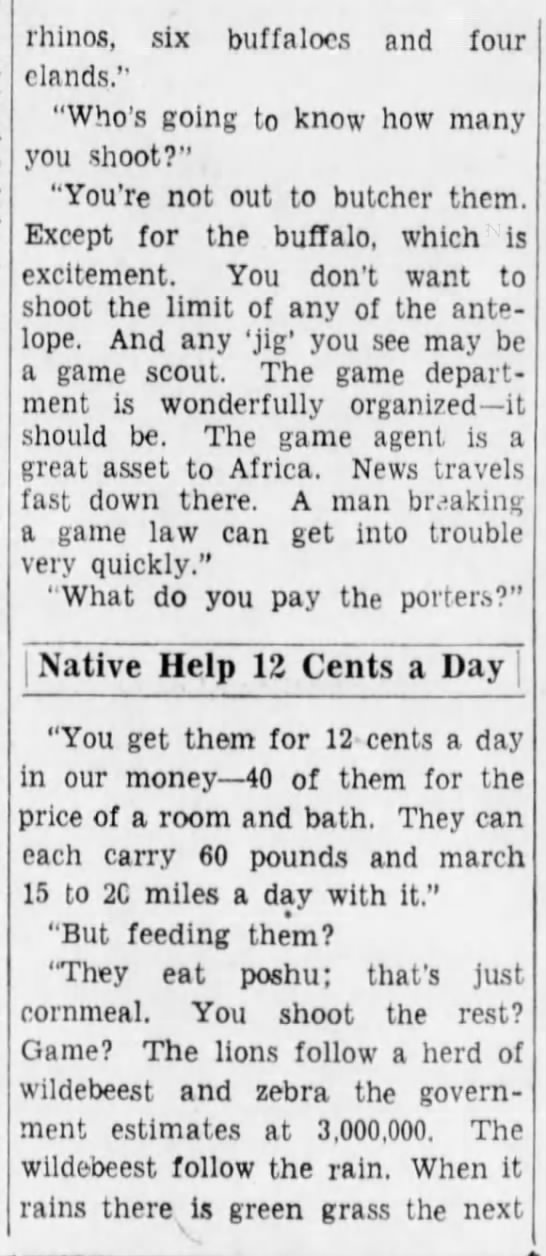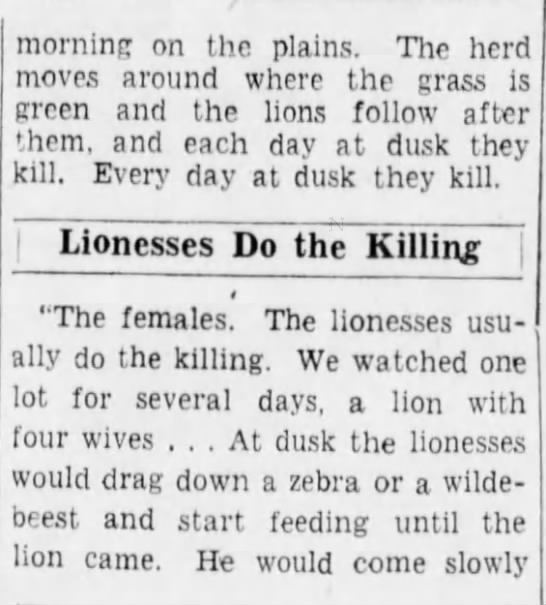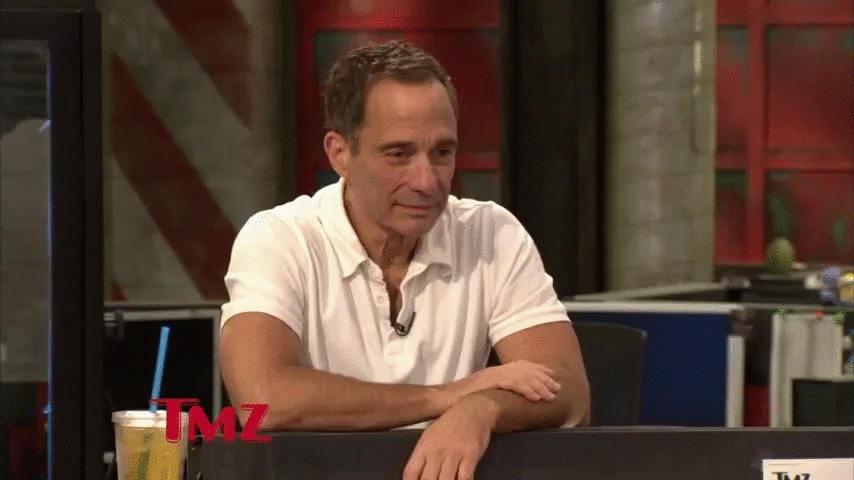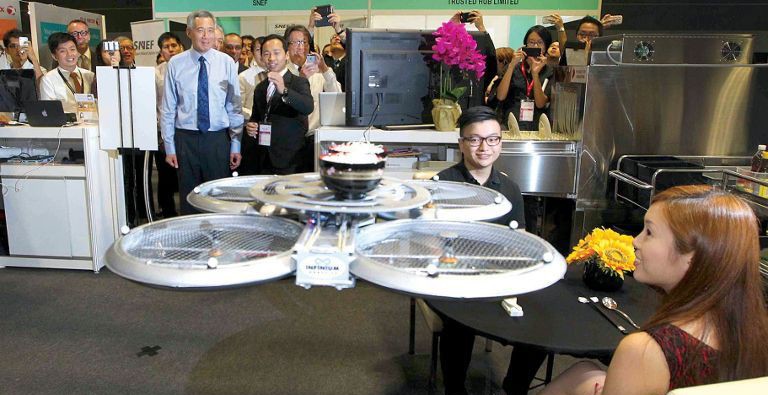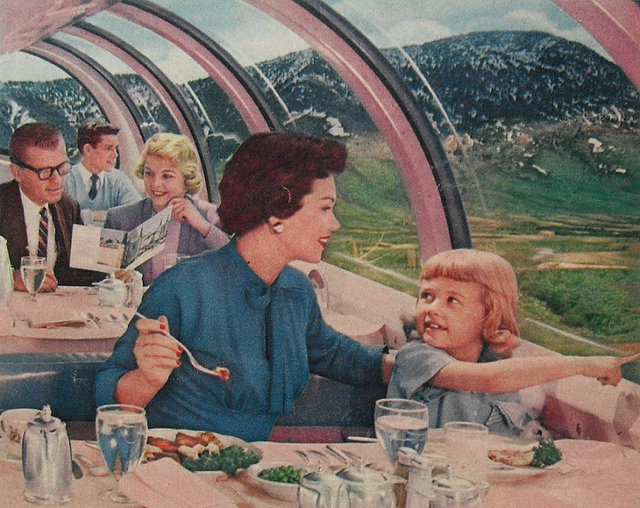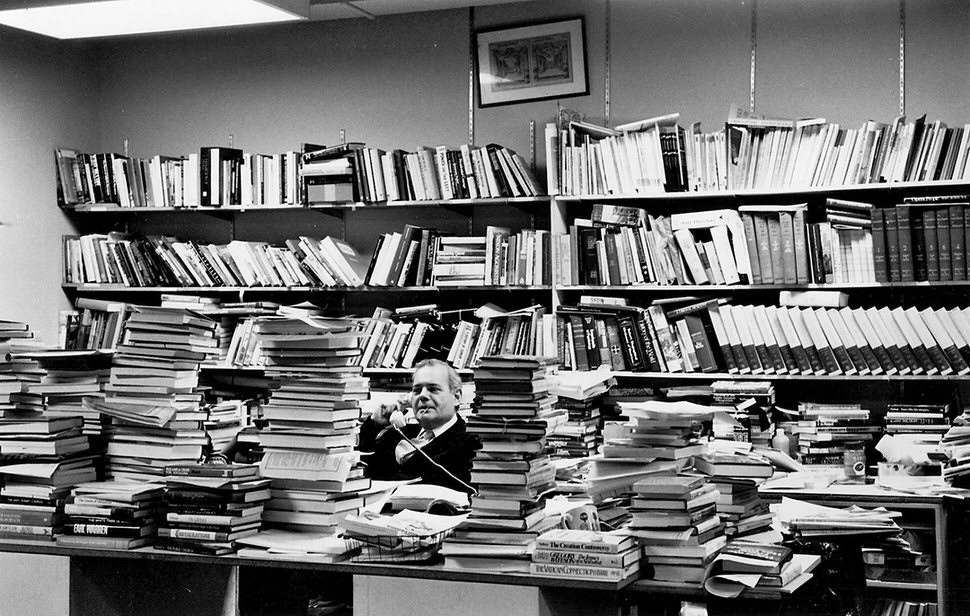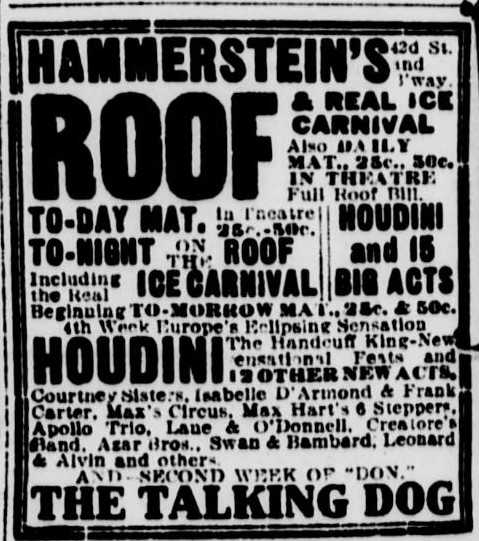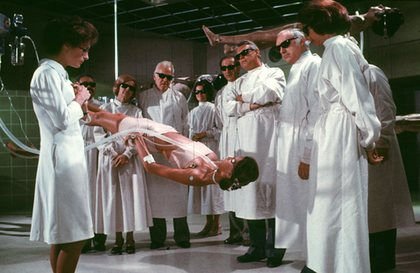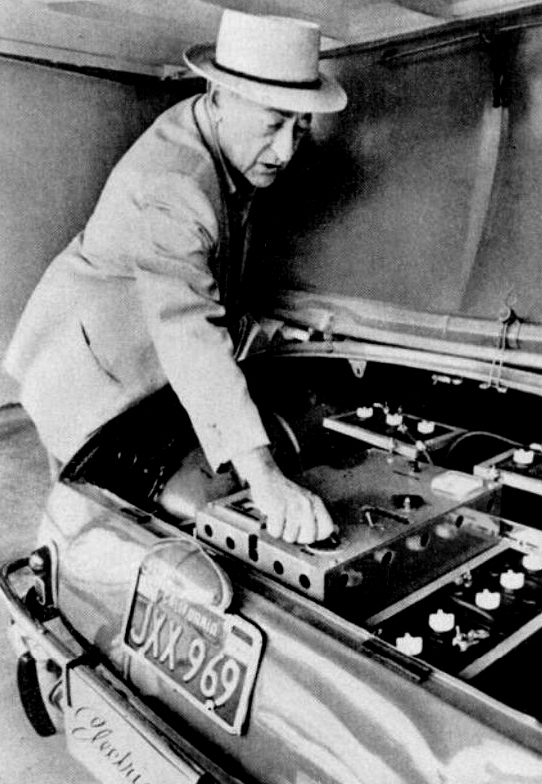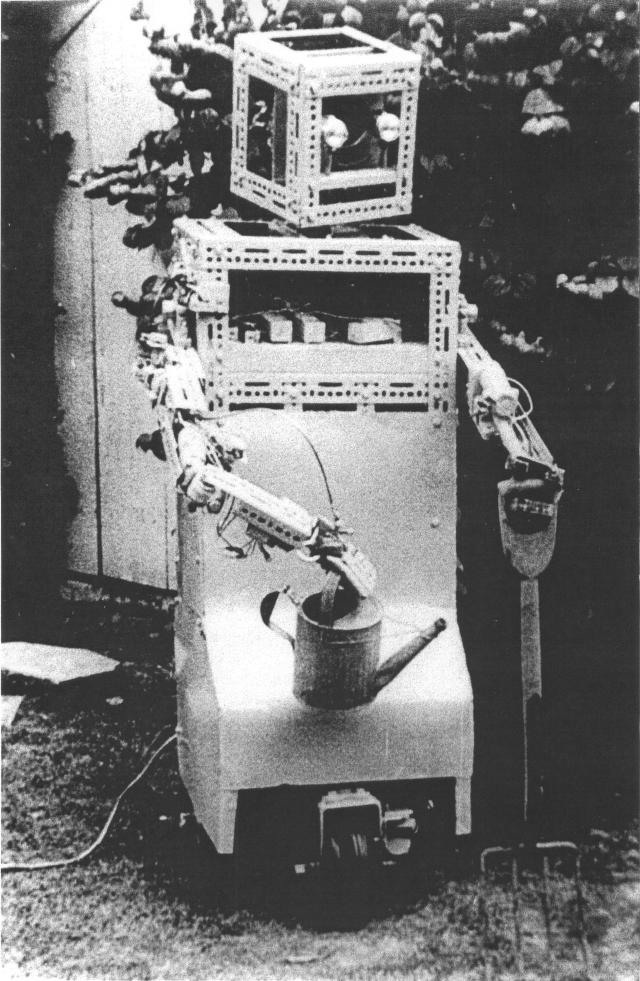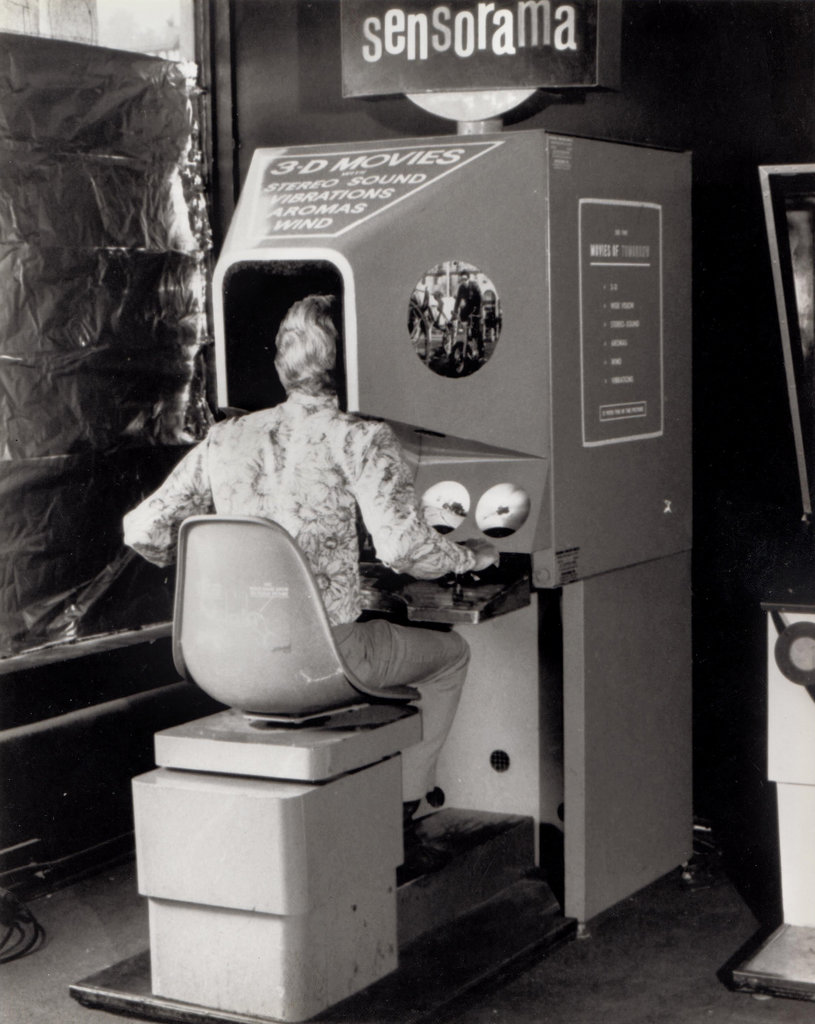
“If you think you can do this–basically ‘depositing’ some stool into a Tupperware container on a regular basis…”
Fecal Transplant Donor Needed (Brooklyn)
I am seeking healthy FMT (fecal microbiota transplant―yes poop!) donors who live in Brooklyn or Manhattan, and am hoping you or someone you know would be willing to help me and possibly save my life.
After a year-long barrage of antibiotic treatment for Lyme disease wiped out my gut flora (aka microbiome), my health went into a downward spiral resulting in diabetes, obesity, metabolic syndrome (high blood pressure, high cholesterol/triglyceride and high insulin levels), gout, arthritis, crippling fatigues and acid reflux. . .all now conclusively linked to a decimated microbiome. The good news: Reversing the above ailments is now squarely in the crosshairs of biotech research companies who are “mining” the microbiome to develop pill forms of restorative “human” probiotics. The bad news: This will take 5 to10 years for general use.
I don’t have 5 to 10 years.
The only way available to me NOW to restore a functioning microbiome is for me to use medically supervised FMT therapy with healthy, carefully screened donors.
Fecal transplants work in a similar way to a blood or bone marrow transplant, only they’re less invasive. The idea is for the infusion of “good bugs” to conquer the “bad bugs” (or in my case, NO bugs!) and gradually restore good health. FMTs have proven to be astonishingly effective in wiping out deadly Clostridium difficile infections, (to which I can personally attest) as well as curing other ailments now linked to microbiome deficiencies such as ulcerative colitis, Crohn’s, Celiac, Diabetes 1, Autism, MS, et al. However, just as FMT’s were gaining a foothold in major medical centers nationwide to treat C.diff, the FDA put the kibosh on them in 2013 and now it’s difficult to get one unless doctors fill out lengthy paperwork which means people are dying while bureaucrats fiddle. So the technique has gone “underground,” with successful home application of the procedure being as safe and effective as in a hospital so long as the donors are carefully screened and the procedure, for me, (using a simple enema bottle) follows proper medical protocols.
So I need a few healthy people who would, once they pass the simple health questionnaire, blood and stool tests (at no cost to you, my husband and I are covering all non-insured screenings) to “donate” on as close to a daily basis as possible for at least a month. Living close to us is essential, moving in for the donation period is also an option. We will provide all supplies (surgical gloves and disposable Tupperware containers) and cover any costs related to these “donations” and pick them up on a daily basis.
I am working with my doctors to ensure this treatment adheres to current medical standards and practices. We are using an enhanced version of MIT’s “OpenBiome” FMT donor bank screening criteria and current scientific medical data to design the therapy course. We are providing privacy agreements for everyone’s protection and comfort levels.
If you think you can do this–basically “depositing” some stool into a Tupperware container on a regular basis–it should allow my body to mend itself. . .for which I would be eternally grateful.


